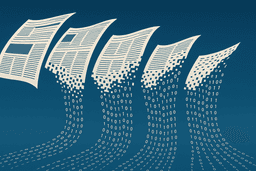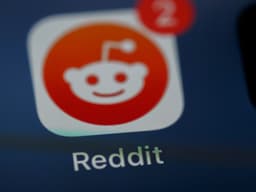
If you properly welcome new users and subscribers, they’ll stay longer. Here’s how to design your onboarding experience
Designing a suitable welcome experience for new supporters is more important than you think; many newsrooms underestimate its importance. Here are a few takeaways from creating a successful user journey
The Fix Newsletter
Everything you need to know about European media market every week in your inbox
138 articles • 0 Followers









